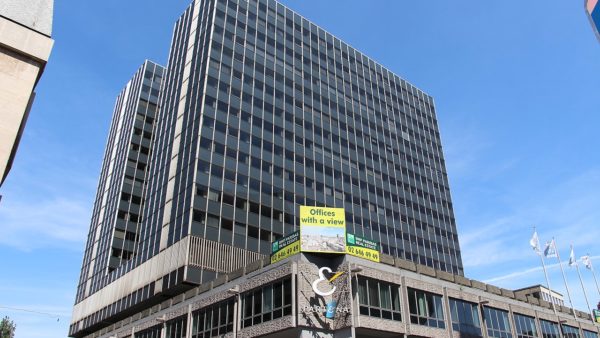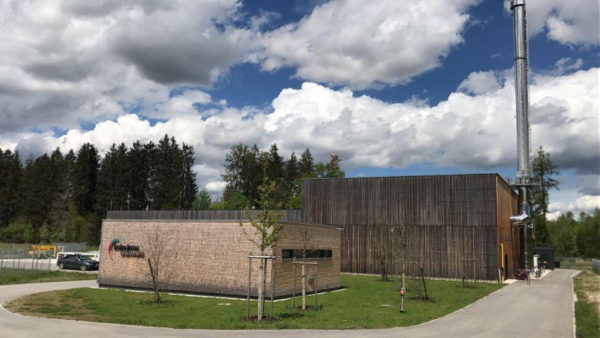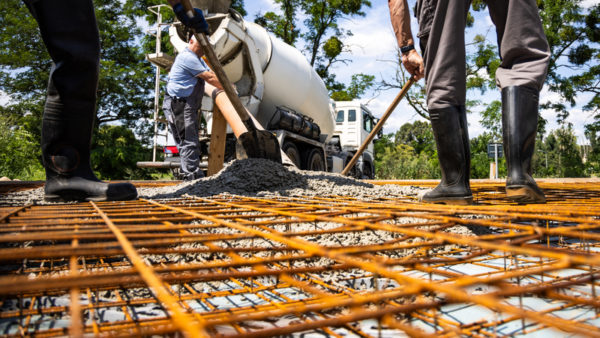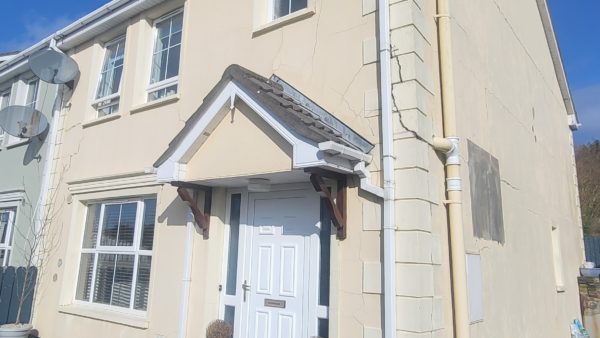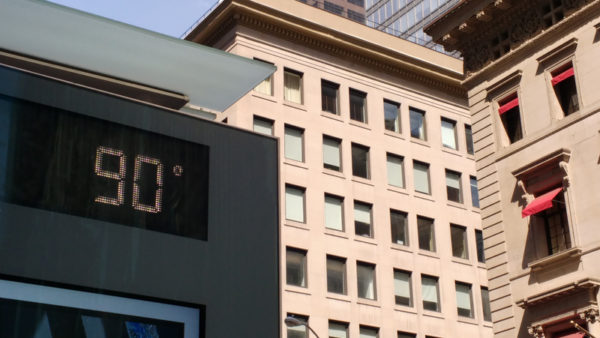22 January 2013
Yesterday saw the official opening of Masdar City in Abu Dhabi. With a number of ‘eco cities’ starting to take shape and more on the drawing board, David Rogers asks what constructive role they are likely to play.
Back in 2011, the University of Westminster set out to count the number of eco city projects around the world. Although they acknowledged that the definition of such a city is somewhat elastic, they arrived at the impressive figure of 174.
Since then, many of the most prominent new-build schemes have begun to take shape. For example, Masdar in Abu Dhabi, which is still the best known of the new cities, opened its latest corporate headquarters yesterday, and the first stage of Tianjin, the largest of the Chinese eco cities, announced on Saturday that it had its first 6,000 residents.
The popularity of these projects demonstrates that mankind has not abandoned the idea that utopian communities can be built if only we can begin again with a few square kilometres of virgin soil and the latest technology.
The exemplary scheme in this regard is Songdo, the South Korean settlement built on 1,500 acres of land dredged up from the Yellow Sea.
Not only is this the largest private real estate development in history, but also “the world’s smartest city”, according to an article posted on World Finance.com on Tuesday.
The allure of the eco label may even have the power to neutralise 40-year-old national feuds.
The newest project to be proposed is Varosha on the east-that is, the Turkish-coast of Cyprus.
This suburb of Famagusta used to be owned by Greek Cypriots and frequented by the rich and famous. But after the invasion of 1974 the Greek owners fled and the Turkish military fenced off the resort.
In a bi-partisan effort to end the deadlock over the Varosha, a team of architects and engineers led by Jan Wampler, a professor of architecture at the Massachusetts Institute of Technology, are proposing to rebuild it as an eco city.
This is certainly an ambitious proposal: a report in 2009 put the cost of renewing the town’s basic infrastructure at $2bn, which is a lot of money to spend in an area whose political and legal status is uncertain.
Nevertheless, Wampler is pressing ahead with the design work. As he told the Huffington Post last week: “This is a tremendous opportunity. Can we design a sustainable, ecological city with job creation for young people that would be known throughout Europe as an example?”
The key claim for eco cities is not so much that they are successful and sustainable, although that is certainly important, but rather that they are prototypes for a new form of urban living that will be reproduced in other urban environments: eventually even middle-income cities will have Masdar’s electric buses and Songdo’s vacuum-powered garbage disposal tubes.
And as more 70% per cent of the Earth’s population will live in built-up areas by 2050, the claim is a large one.
In the past few weeks, a number of commentators have expressed doubts about this claim.
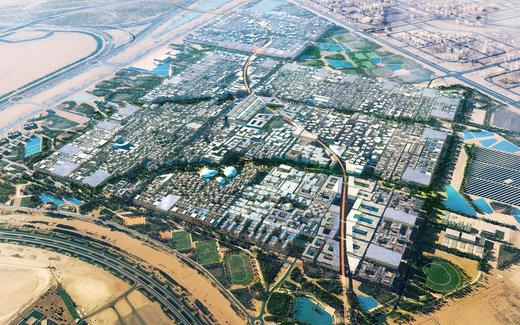
Foster + Partner’s rendering of Masdar City in Abu Dhabi (Foster + Partners)
Some have questioned whether the eco cities we have now will be successful enough to make any difference to the planet’s urban development, and others have suggested that that was never really the intention in the first place-that the movement is really towards a dystopian future that resembles nothing so much as the reinvention of apartheid.
On the question of the success of the cities, none has yet achieved its primary aim of becoming a functioning settlement.
A reporter for Wired magazine who visited Masdar last month was impressed by the development but commented that it was “more grand vision than realisation. For all the Masdar team’s talk of a cohesive community, it is still for the most part at the conceptual stage”.
Tianjin may have 6,000 residents, but there are still 344,000 to go by 2020. And even Songdo, the smartest city in the world with its core of world-class universities, has found tenants for less than 20% of its commercial buildings.
And Songdo is a good example of the second criticism of eco cities, which amounts to the claim that they allow the wealthier classes to move to what are in effect gated communities.
The brochure for the Songdo “aerotropolis” stresses that it is “just 15 minutes driving time from Incheon International Airport and three-and-a-half hours flying time to a third of the world’s population”.
As the average price of an apartment was $500,000 when the city opened in 2009, it’s clear that the city is aimed at the world’s wealthier inhabitants, rather than the inhabitants of South Korea, 37 per cent of whom live in slums.
The argument is that eco cities don’t tackle the existing city’s problems, but merely provide an escape for the wealthier, managerial class – a victory of flight over fight.
That criticism was expressed in apocalyptic form in a comment piece in the Guardian on 21 January, which considered the Eko Atlantic city that is being constructed on an artificial island off the coast of Nigeria.
The new city, whose projected population of 250,000 will be privately administered, is supplied with electricity, water, mass transit and sewerage, and surrounded by the “Great Wall of Lagos”, a sea defence barrier made up of 100,000 five-ton concrete blocks
One wonders if the wall is meant to keep out the sea or the desperate poor of Lagos.
Simply fitting with city with basic utilities sets it apart from the rest of the country: half of the population of Nigeria have to generate their own electricity, and the rest consume 148 kWh a year (compared with, for example, 4,694 in South Africa).
The Guardian’s commentator opened up on the scheme with both barrels, saying the real inspiration lies in “the dreamworlds of rampant capitalism”.
So, although the rash of current stories shows that the eco cities continue to exert a fascination for many people who wonder what the future might bring, there is still a fierce argument over what constructive role, if any, they are going to play in tomorrow’s built environment.






